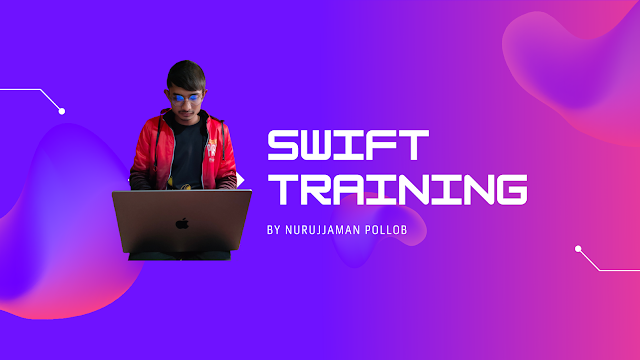RUI 3.0 Easy Rooting Guide - On GT NEO 2

This thread going to guide you on how you can root Realme GT NEO 2 Device with RUI 3.0 installed. This boot image is fresh, and it's patched for root access. Caution: Before flashing, you need to have your bootloader unlocked, for bootloader unlocking, go to this link and follow the procedure to get approval and unlock your device bootloader. Link: https://forum.xda-developers.com/t/bootloader-unlock-realme-gt-neo-2-rmx3370-all-variants.4391679/ After you get approval, you are ready to root your device! For this tutorial, I gonna use a windows device. WARNING! I am not responsible for anything. proceed at your own risk. Rooting or Unlocking the Bootloader voids the device warranty, keep it in your mind. STEP - ONE Only follow this step, if you get approval for the bootloader, and you didn't unlock this device or your flashing environment needs to be configured. You need to visit the following link to set up your environment for flashing a custom boot image. Link: https://njp



